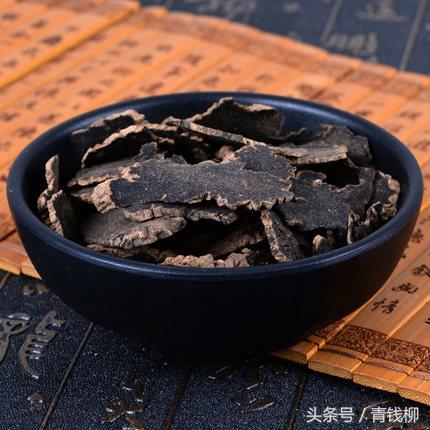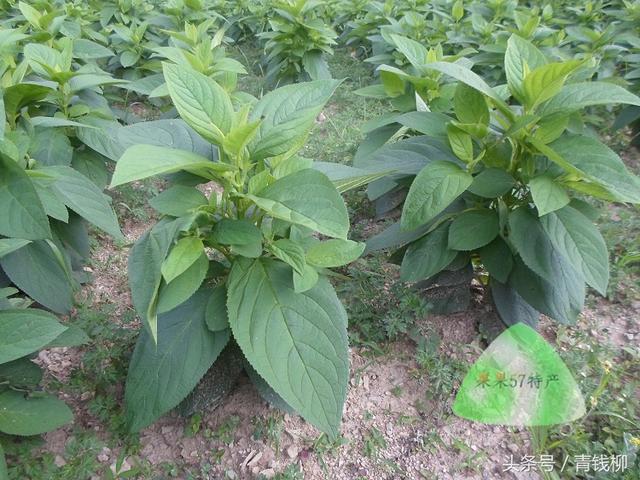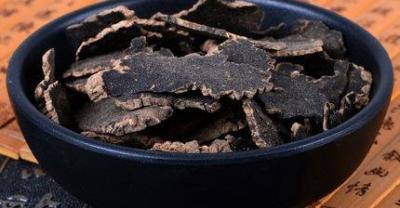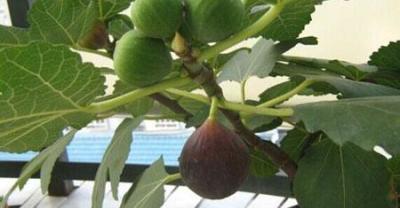Ecological habits and planting techniques of Radix scrophulariae
Ecological habits and planting techniques of Radix scrophulariae
1 Ecological habits of Radix scrophulariae
Radix scrophulariae (Latin name: Scrophularia ningpoensis Hemsl.) is a herb of Scrophulariaceae, which can reach more than 1m; several branches, fusiform or carrot-shaped dilated, thick up to more than 3cm; born in bamboo forests, streams, jungles and tall grasses below 1700m above sea level [1]; Hebei (southern), Henan, Shanxi, Shaanxi (southern), Hubei, Anhui, Jiangsu, Zhejiang, Fujian, Jiangxi, Hunan, Guangdong, Guizhou, Sichuan and other places.
Radix scrophulariae has strong adaptability and likes warm and humid climate; it can be planted in places that are cold-resistant, drought-resistant and well drained; it is better to like fertile humus soil and sandy soil; it is not suitable to plant Radix scrophulariae in clay and low-lying land, avoid continuous cropping, and it can be planted every 3 ~ 4 years. In view of the special growth environment of Radix scrophulariae, the author makes a simple analysis on the planting technology of Radix scrophulariae, hoping to play a role in the cultivation of Radix scrophulariae.

2 cultivation techniques of Radix scrophulariae
2.1 selection of soil of Radix scrophulariae
Planting Radix scrophulariae should be planted in the land with loose soil, fertile soil, deep soil layer and easy drainage. The root system of Radix scrophulariae is well developed, the root system goes deep into the soil layer, and the ability of absorbing fertilizer is very strong, so it is necessary to plough deeply and apply sufficient bottom fertilizer. After ploughing and ploughing, the height of the box is 25~60cm, and the width of the bottom is about 30cm, so it is not suitable to plant it.
2.2 Land selection and preparation
Radix scrophulariae is not suitable for continuous cropping, and the front stubble can be selected as Gramineae or legume crops. Planting in sandy soil with good drainage, deep soil layer and high humus is suitable for sunny, leeward and low sloping land. Plots with heavy clay and easy to accumulate water are not suitable for planting. Remove the fallen leaves when ploughing the ground deeply. Apply 1500 ~ 2500kg barnyard manure or compost per 667m2 as base manure, fine ploughing and leveling. The width is about 1.3m, the height is 20 ~ 25cm, and the groove width is 40cm. The slopes should be made across the mountains to prevent soil erosion, and the surrounding ditches and cross ditches should be carried out at the same time.
2.3 Reproductive methods
There are many propagation methods of Radix scrophulariae, including ramet, seed bud, seed and so on.
3Field management of Radix scrophulariae.
3.1 topping and picking buds
The root system of Radix scrophulariae is well developed and the stems and leaves grow vigorously. It is necessary to top and break buds in time to increase ventilation and light transmission and reduce nutrient consumption so as to promote the expansion of underground roots and improve yield and quality. Topping and picking buds should be based on plant growth and robust reality, the plant should be short and healthy, and vice versa, it should be high. When topping, more than 10 leaves should be left to facilitate photosynthesis, promote tuber expansion and increase yield.
3.2 topdressing
After the first intertillage, a small amount of nitrogen fertilizer can be added, which is based on the amount of 1500kg applied per 667m2 and the urea amount of 10kg applied per 667m2. After the second intertillage, a high concentration of farm dilute fertilizer could be applied, and compost, potassium sulfate and superphosphate were applied according to the amount of 1500~2000kg, 10kg and 20kg per 667m2, respectively. In the third intertillage, compost made from phosphorus and potassium fertilizer retting should be topdressing. Compost was prepared with the ratio of potassium sulfate 25kg, potassium superphosphate 50kg and soil fertilizer 1500kg, with an average amount of 1000kg per 667m2 [3]. Hole-drilling fertilization can be used to fertilize the plastic film cultivated Radix scrophulariae, and fine soil should be used to seal it after topdressing.
3.3 use of herbicides
Herbicides should be used when herbicides are used in tubers, and eradication herbicides should not be used. Keep away from the roots, stems and leaves of medicinal materials when spraying drugs.
During the growing period, there were 3 ~ 4 times of ploughing and weeding from April to June. In addition to applying sufficient base fertilizer, topdressing and cultivating soil in the middle of June to prevent lodging. In case of drought, irrigation is required to make the soil moist; rainy water should be drained in time. In the south, the top inflorescence should be removed at flowering stage to promote root production and expansion.
3.4 cultivate the soil
The key step for the growth of Radix scrophulariae is to cultivate the soil. usually, after the third topdressing, the soil in the depression ditch is shoveled next to the plant, which not only plays a good role in protecting the bud head of the plant, but also has the effect of keeping fertilizer and avoiding the loss of fertile soil. it can effectively thicken the topsoil layer, strengthen the plant and improve the quality of the seed bud.
3.5 Disease and pest control
The main diseases of Radix scrophulariae are white silk disease, which harms the root and rhizome. Rain Water often occurs seriously, the root rot, and the soil on the root and rhizosphere is covered with white silky hyphae, forming yellowish to tea-brown oil algae seed-like hyphae, harming the main stem, and the diseased plants wilt and die rapidly.
The main methods of prevention and control are as follows: no continuous cropping; strengthening field management, maintaining drainage and ventilation and transparent light, it is best to use Gaowa planting; timely uprooting of diseased plants, after harvesting Radix scrophulariae, the weeds and diseased leaves in the field should be burned and eliminated thoroughly; fungicides should be sprayed in time before seed planting, and methamidophos can be mixed with base fertilizer to effectively control ground tigers. A mixture of carbendazim wettable powder and dimethoate is used to eliminate pests such as armyworm, snail and red spider.

- Prev

Planting techniques and pot planting methods of camellia seedlings
Camellia is evergreen in four seasons, widely distributed and graceful, so it is one of the important plant landscaping materials in the south of China. The use of camellia different natural tree shape, planted alone in the green.
- Next

Transplantation, pruning and planting of evergreen trees and shrubs
Evergreen tree shrubs pruning newly transplanted evergreen tree shrubs before planting is essential. The amount of pruning should keep the transplanted trees basically.
Related
- Fuxing push coffee new agricultural production and marketing class: lack of small-scale processing plants
- Jujube rice field leisure farm deep ploughing Yilan for five years to create a space for organic food and play
- Nongyu Farm-A trial of organic papaya for brave women with advanced technology
- Four points for attention in the prevention and control of diseases and insect pests of edible fungi
- How to add nutrient solution to Edible Fungi
- Is there any good way to control edible fungus mites?
- Open Inoculation Technology of Edible Fungi
- Is there any clever way to use fertilizer for edible fungus in winter?
- What agents are used to kill the pathogens of edible fungi in the mushroom shed?
- Rapid drying of Edible Fungi

